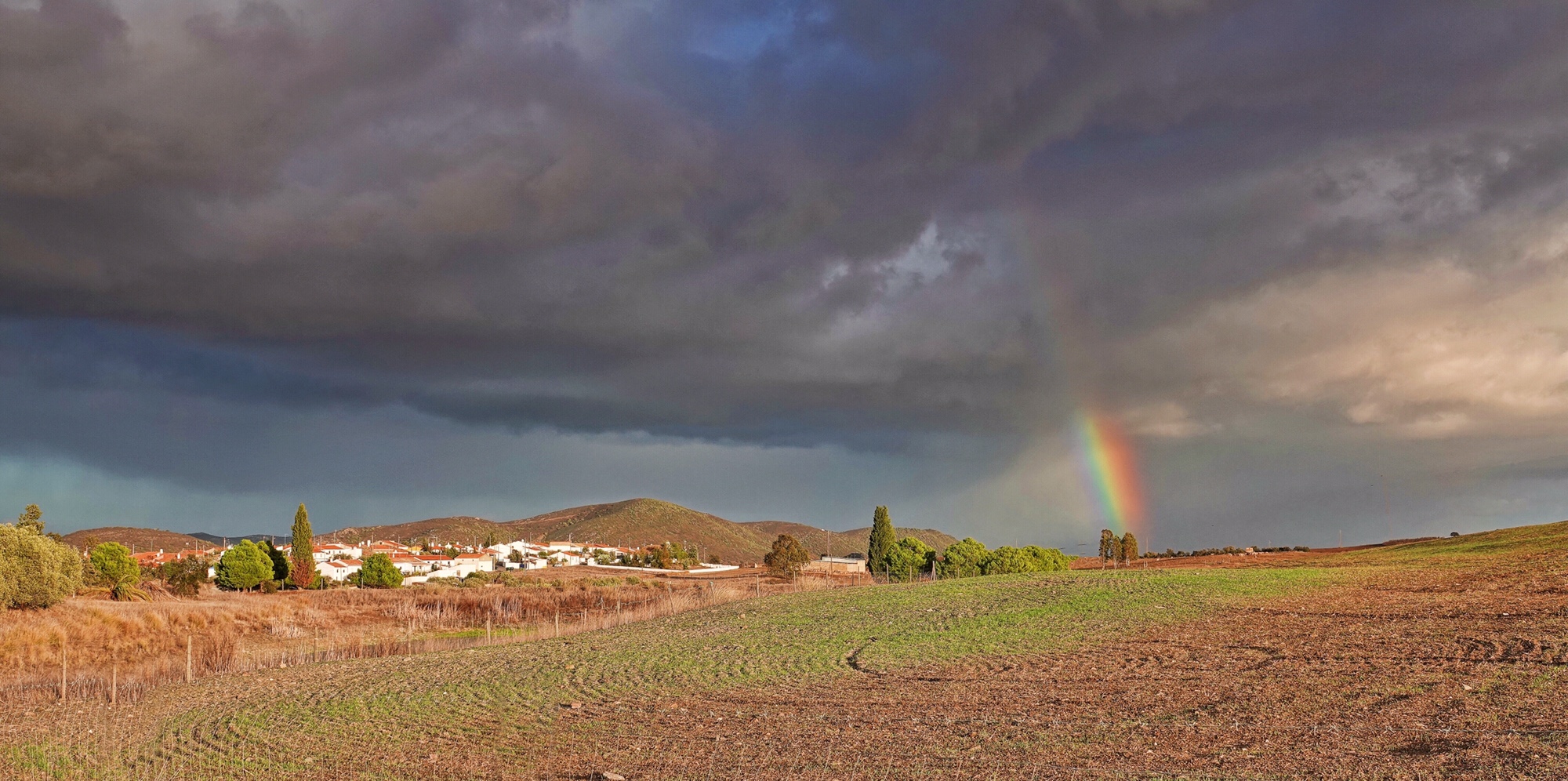
If you read my review of the Sony RX10iii, published about 20 months ago, you know that I really liked the camera, despite its hefty price and relatively short zoom. Since that review the RX10iii as been to Panama, Honduras twice, South Africa, Cuba, Peru (the Amazon River), Ecuador (the Galapagos), England, and Costa Rica…as well as Florida, New Mexico, California, Ohio, Pennsylvania, Massachusetts, and Maine. I have carried it so far and so much that the LCD is beginning to show signs of wear and the markings on a few buttons is beginning to wear off. It has been my constant photographic companion and more than gotten the job done wherever I have traveled. It has been a joy to use…a camera I am always happy to pick up…and one that I could be supremely confident of in the field in any situation. Even around home, its Anti-motion Blur mode made photographing family gatherings a joy. What a camera!
So when I say that the Sony RX10iv is everything that the iii was, and considerably more, you will get the idea. The engineers at Sony listened to the feedback over the 18 months of the iii’s run, and attacked every possible weakness, to produce what may well be the greatest compact fixed-zoom camera ever made. I can not imagine a better camera for travel, wildlife, general nature photography, and day to day family photography. It is nothing short of brilliant in any situation you might find yourself in. I thought the RX10iii had been designed specifically for me…and I never complained about any shortcomings, but it is really like the engineers at Sony read my mind, and offered a solution for almost all my niggling doubts about the iii. I am amazed!
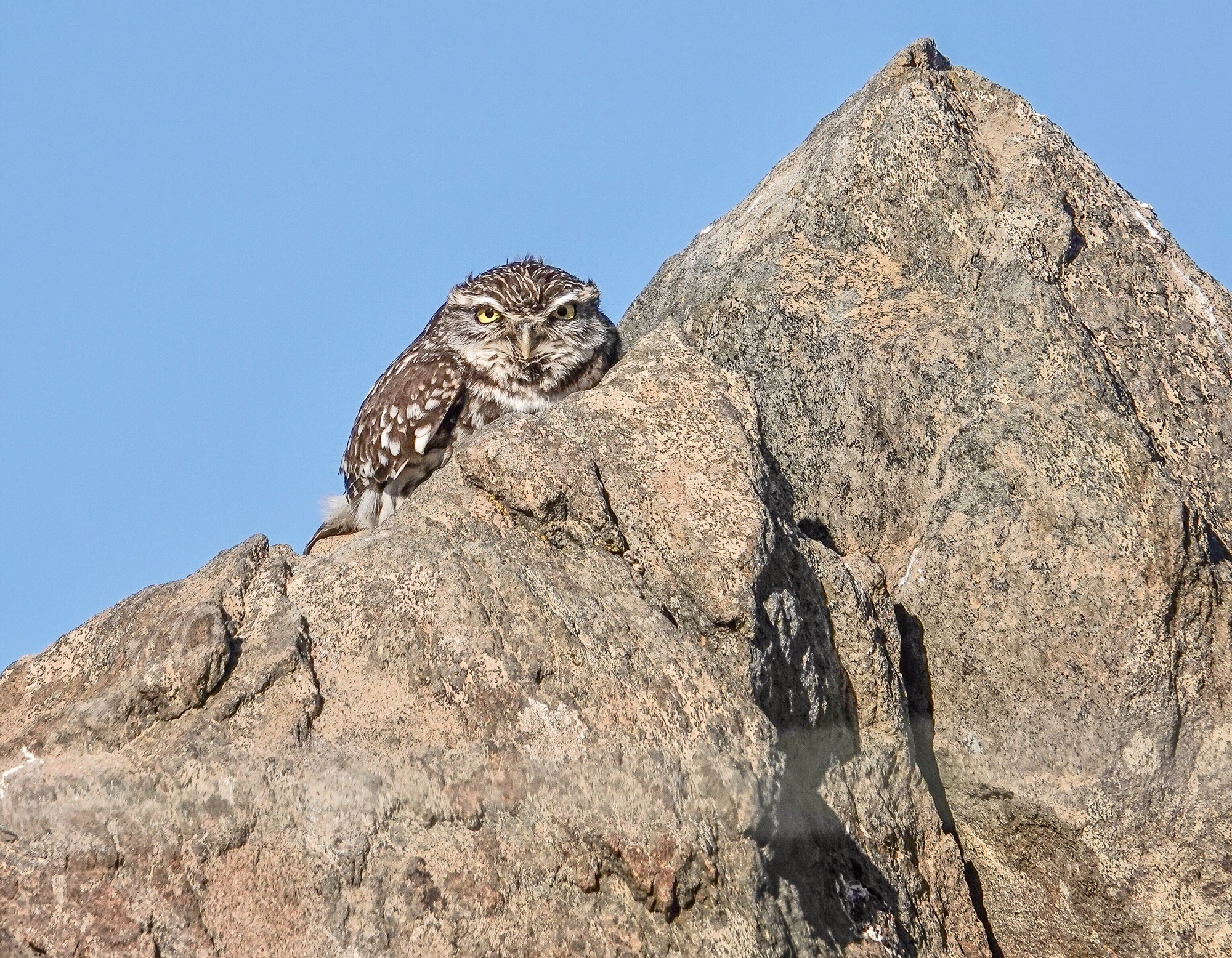
First, the body on the iv is identical to the iii, with all the same customizable buttons and the same amazingly sharp 24-600mm equivalent ZEISS Vario Sonnor zoom lens. The lens alone is worth the price of the camera. It is bright, f2.4-f4, and at its sharpest wide open at any zoom length. It really comes into its own in the rainforest or other lowlight situations where a lessor lens would simply not get the shot. Yes, I often wish for more than 600mm, but I am almost always able to crop to a satisfying frame and image, even when the birds and wildlife are distant. At 24mm it produces stunning landscapes and effective indoor shots. Really I would not trade it’s quality for more reach (unless somehow I could get the same quality at a longer focal length…something that just might defy the laws of physics, or push the camera to a size that would not be comfortable to carry in the field).
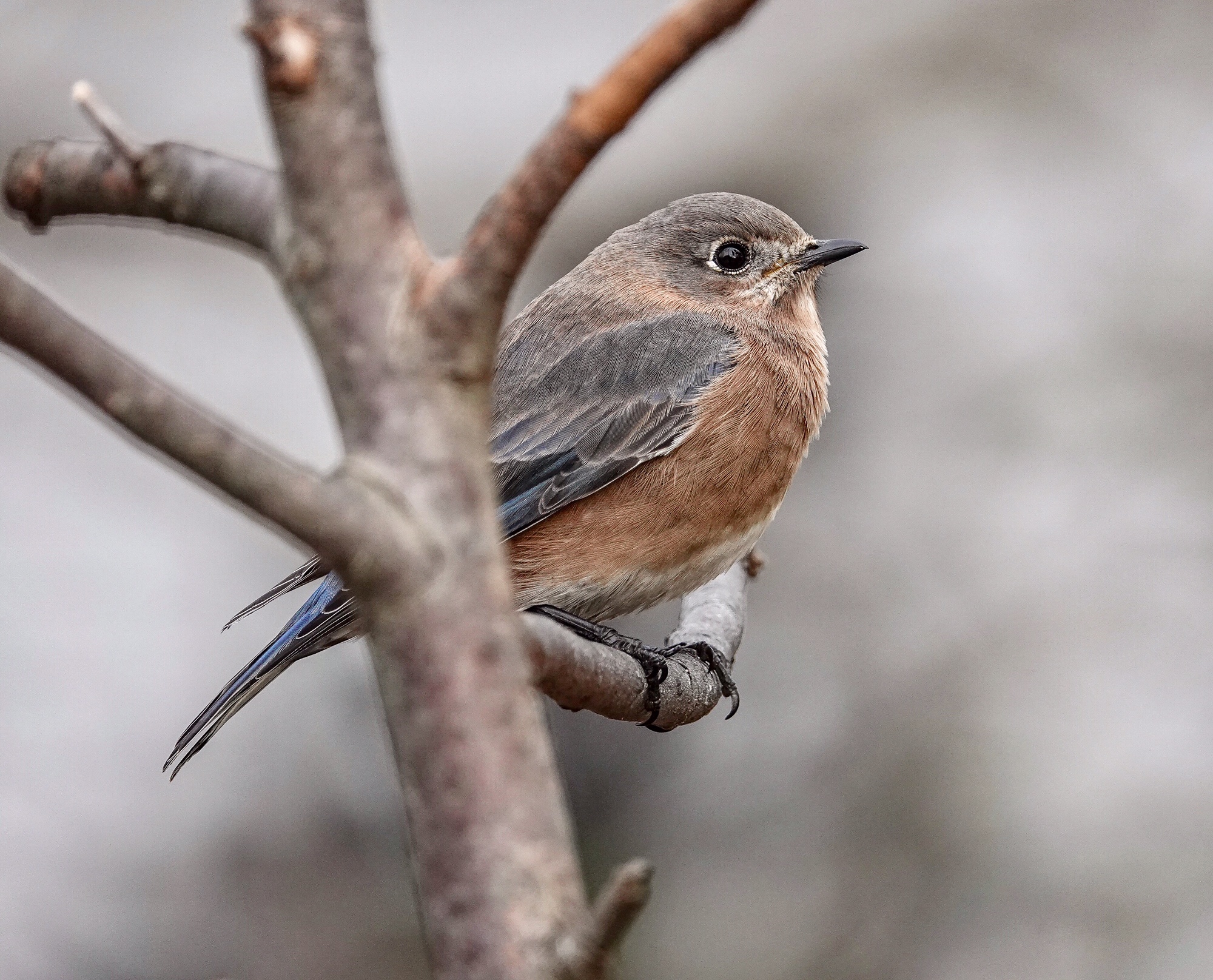
The real change is in the sensor and processing engine. This might be the same sensor, with hybrid focus and 325 phase detection focus points, as Sony used in the RX100V, but it is processing engine from the top of the line A9 full frame camera. Combine that processing engine with that sensor and you get totally amazing focus capability. Birds in flight are embarrassingly easy. Yes. Embarrassingly easy. It used to be a real challenge with a Point and Shoot superzoom, even the RX10iii, to get even the occasional bird in flight. With the iv, you literally just point and shoot. You can use a specific focus area in the center of the frame, which picks up birds in flight easily against most backgrounds, and the camera will focus between frames even at 24 frames per second (though I never use more than 10 frames per second). The iii locked focus on the first frame, which made following birds in flight much more difficult, often impossible. In fact, I use this center frame focus setting for general wildlife photography, so the camera is ready and able to pick up the unexpected flyover. For more dedicated birds in flight work, there is lock on tracking auto focus, which will pick up a bird anywhere near the center of the frame and lock on to follow the bird as you pan. Both work really well, depending on how large the bird is in the frame. Tracking works best with bigger birds and birds bigger in the frame. And, as far as wildlife action on the ground (or sports for that matter). the focus lock is amazingly fast and positive. I came back from Bosque del Apache this year with more satisfying Birds in Flight images, from just this year, than I have managed to get in all the years I have been going there with other cameras.
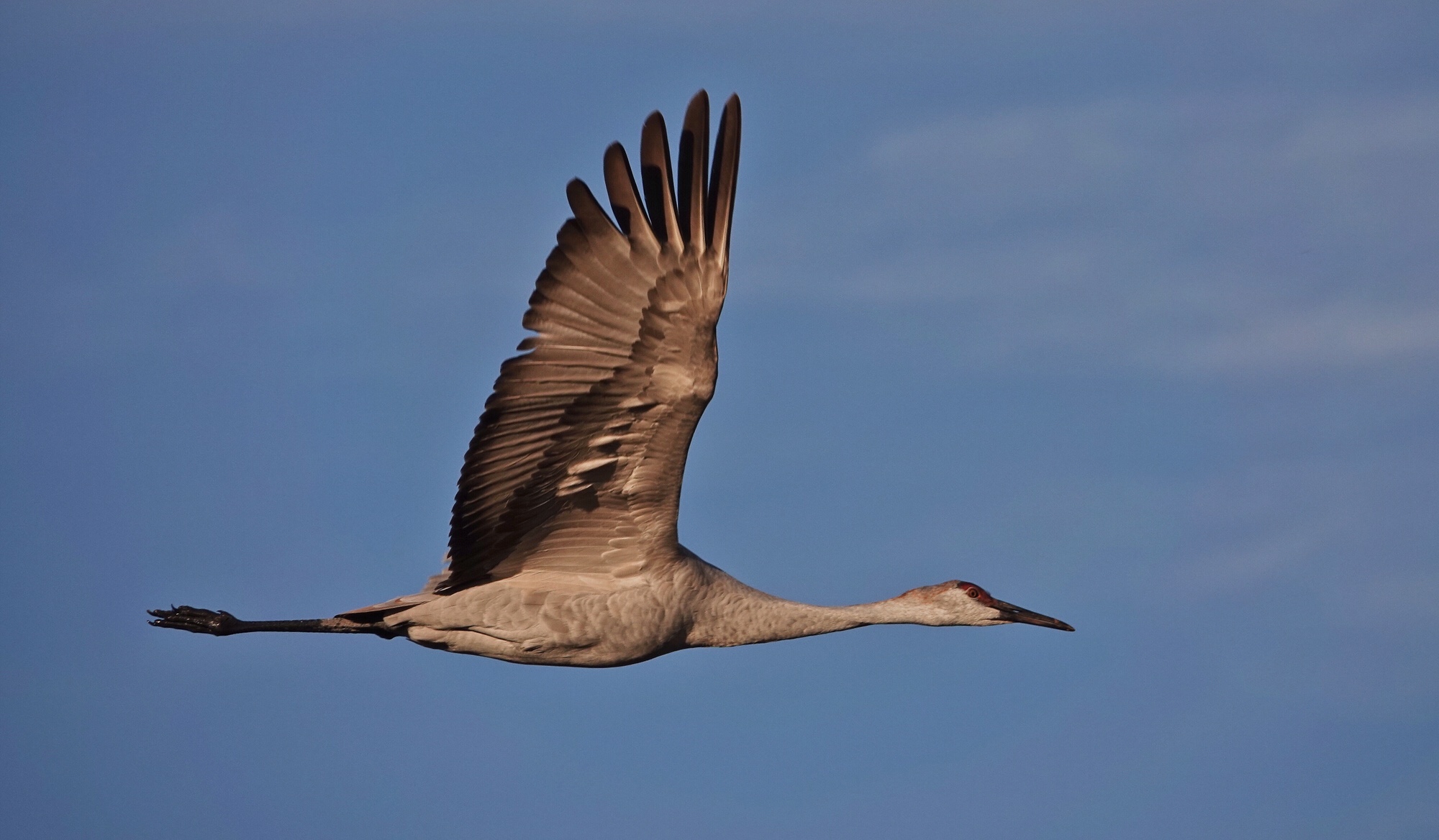
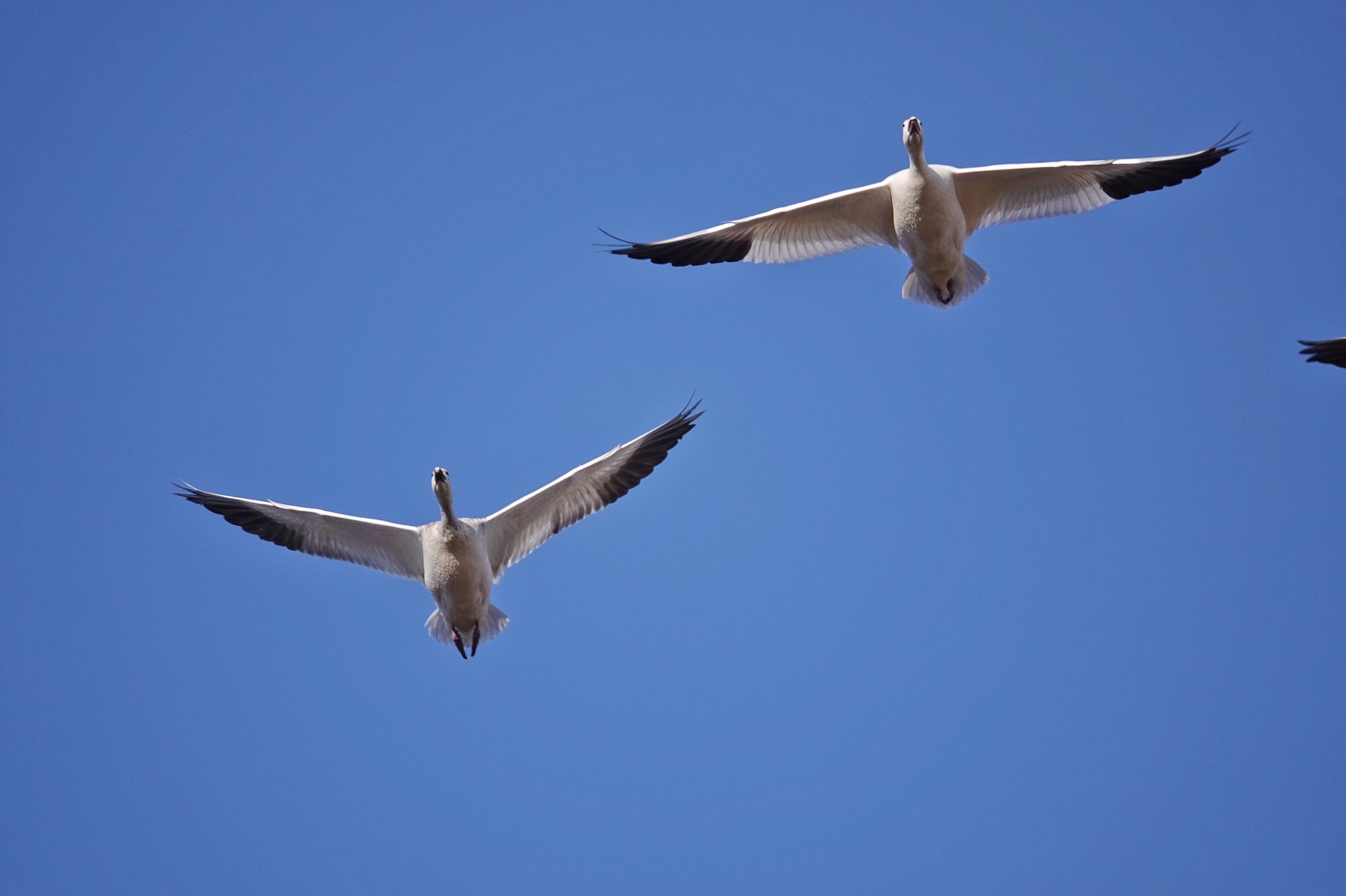
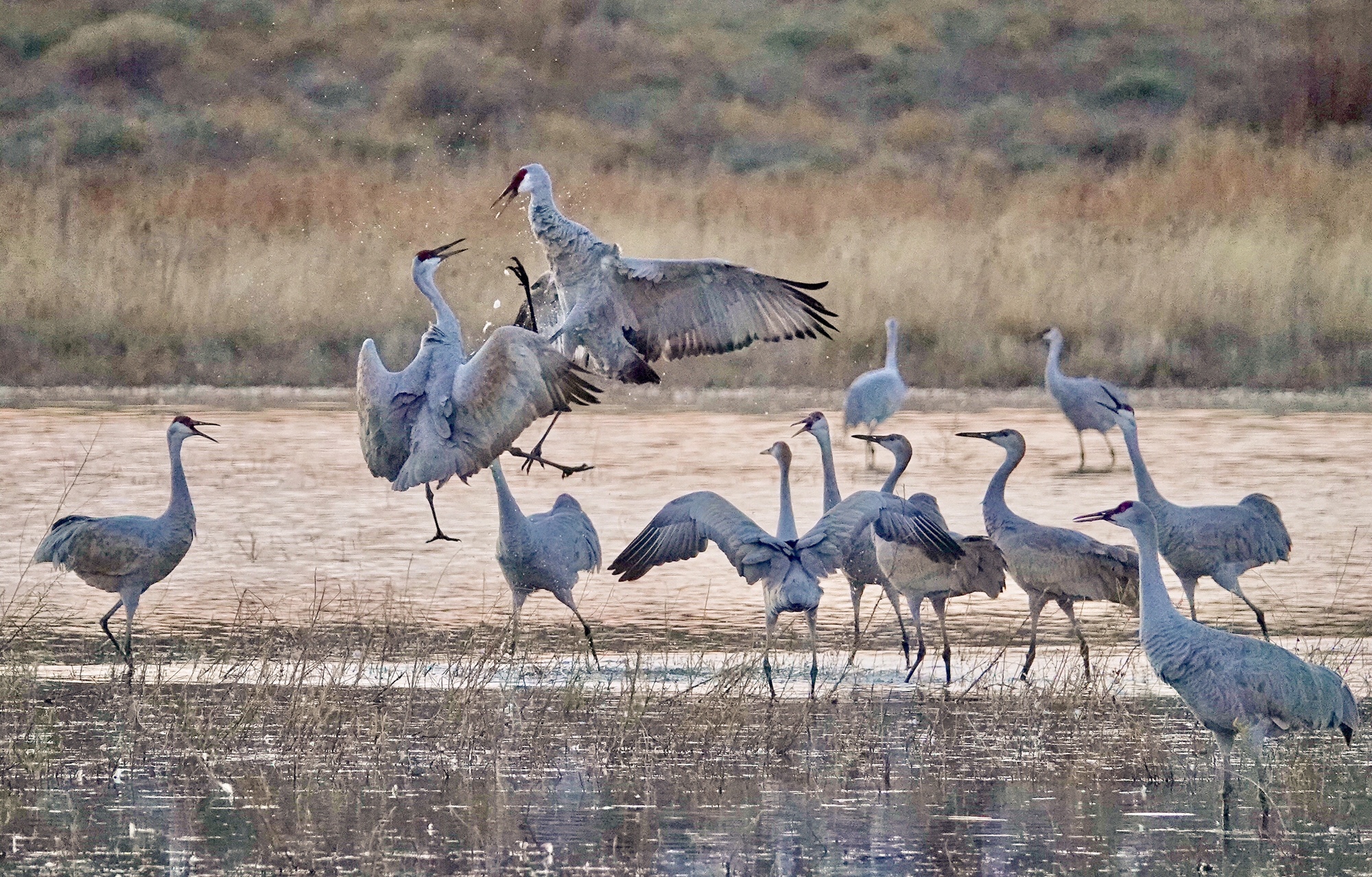
In general wildlife shooting, occasionally the iii would hunt when trying to get a bird or beast in lower light, especially with a confusing background. Not the iv. I recommend keeping the camera set to “continuous focus”, which seems to turn on the Phase Detection Focus points for faster focus. The focus is so fast that you quickly forget to even think about it. Point and shoot!
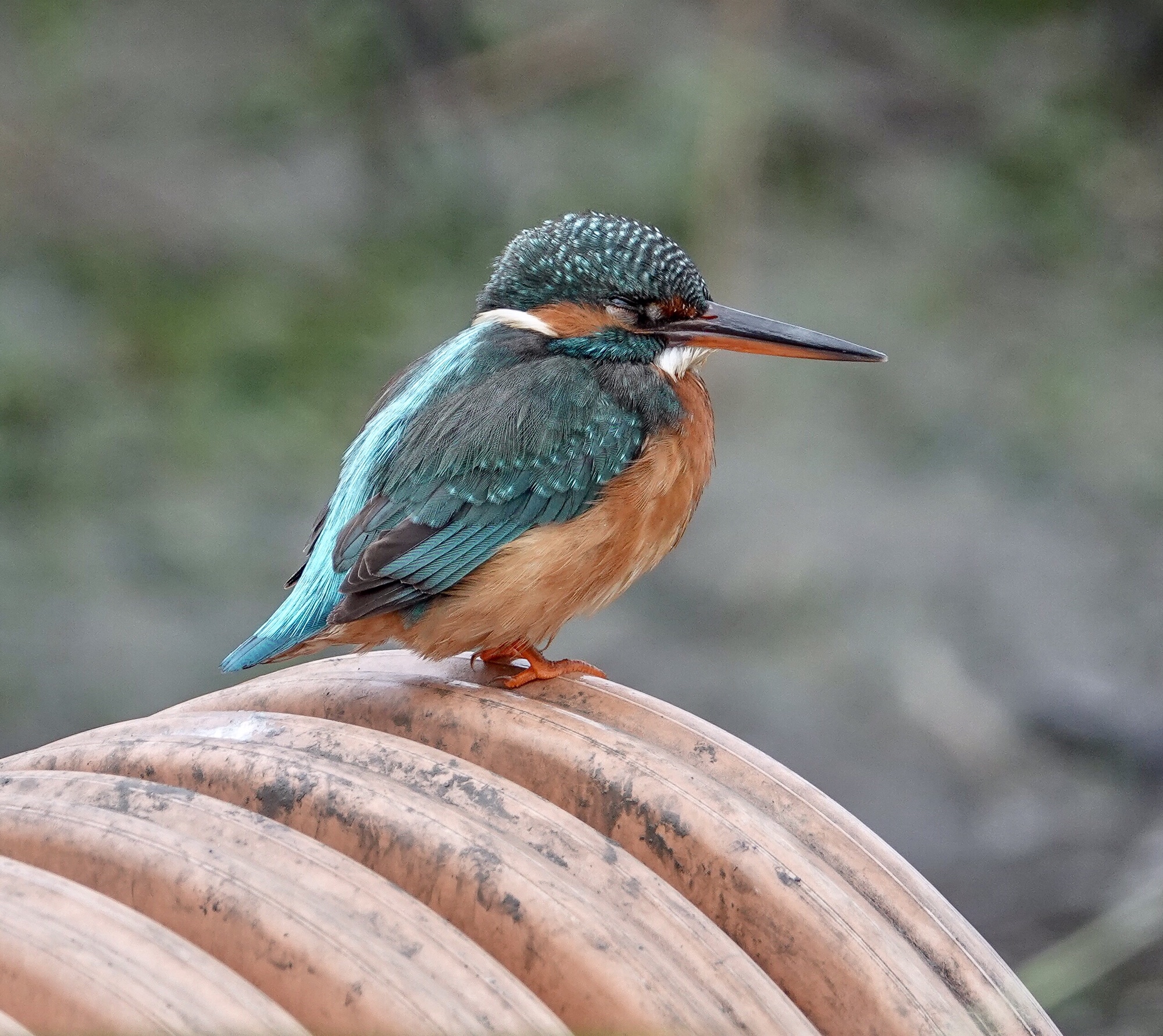
The new processing engine has also enabled some refinements which I am only beginning to appreciate as I use the iv more. Auto HDR has been improved to the extent that I rarely use any of the other HDR settings (you can still set 1EV to 6EV differences) and, if you are careful, you can shoot an HDR right out to 600mm on the zoom. The iii could not assemble an HDR much beyond 100mm. Highlights in Auto HDR are now very well controlled. They were not in the iii. That does not sound like much, but since I use In-camera HDR a lot, it means that I do not have to think about adjusting my HDR settings as often. As a Point and Shoot photographer I am all for that!

Another more subtitle improvement is the menu system. There are still a bewildering number of options and menu screens, but menu items are now grouped in more logical manner on each menu screen, with each screen clearly labeled so you know where you are. I use the excellent function button and function menu almost exclusively when in the field, so I never minded the Sony menu system, but I know that some did. 🙂 The changes should make it easier for folks to find what they are looking for, but I still recommend using the function menu whenever possible.
Some folks are excited about the 24 frames per second (with focus between frames!) capability of the RX10iv. That is essentially movie frame rate, and you can capture action sequences in the equivalent of a 20 mega pixel per frame video. I have not yet found a use for it. Somehow even the 10 fps “medium” speed seems faster and smoother than the 10 fps top speed on the RX10iii did…and focus between frames is just a wonderful improvement. They have also added a 2 fps slow speed continuous. And the size of the image buffer is amazing. I think I read that you can take over 300 frames before the camera freezes up to clear the buffer. (While I have tested the limits, one thing I discovered is that, though you can continue shooting, the buffer is clearing in the background, and you can not make changes in the settings of the camera until the buffer completely clears.) I can tell you one thing…you can burn through an SD card really fast at 24 fps.
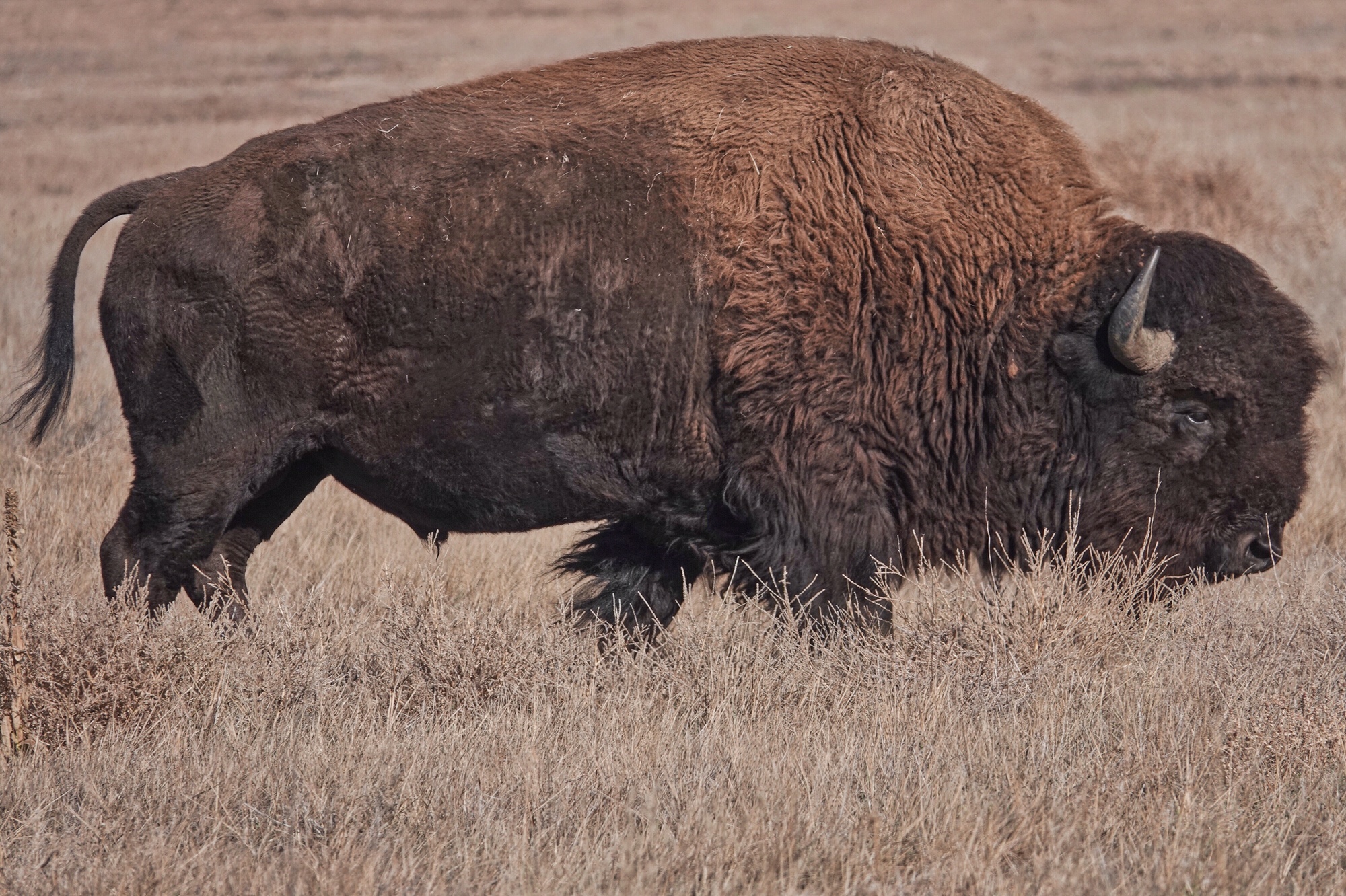
Another change is the addition of touch-to-focus on the new touch screen. It is actually more like touch-to-move-the-focus-area unless you have the camera in continuous focus mode…and it does not, like some implementations, actually take the image. You still have to use the shutter button for that. Many folks on the dpreview Sony Cybershot forum recommend turning touch to focus off, as you do sometimes accidentally move the focus point when handling the camera…however I find touch focus to be really useful. For instance, when shooting a American Bison at close range, I was able to touch the screen to instantly move the focus to the eye of the beast, where I wanted it. On close-ups of birds, I often just tap the screen, again to move the focus to the head or eye. When using Anti-motion-blur mode inside at parties, one of the things I disliked about the mode in the iii was that you lost control of the focus point. On the iv in the same mode, you just tap over the face you want in focus, and, presto, good to go.
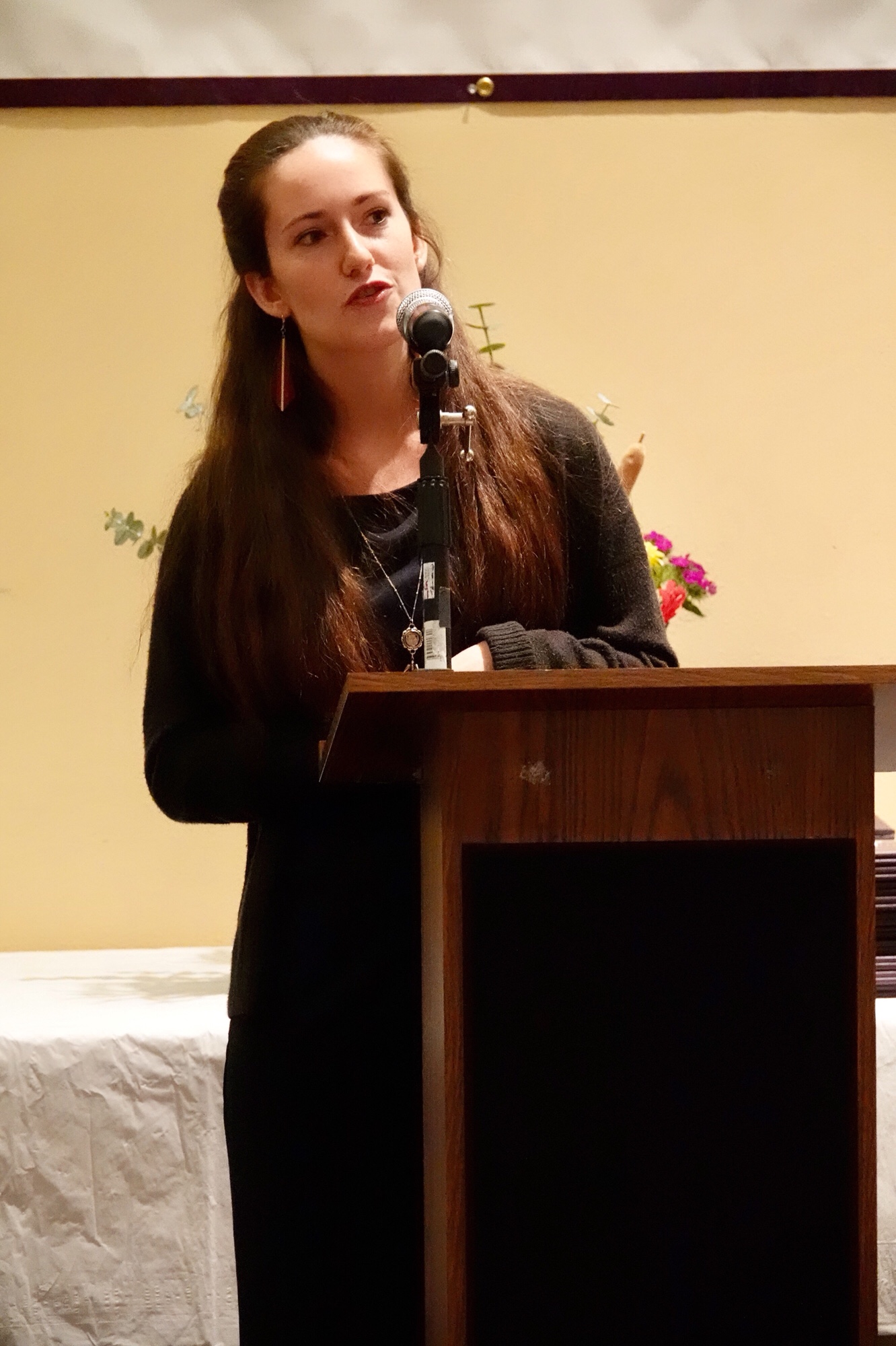
Actually touch to focus is one of the few things the new touch screen actually does. You can’t use it to set menu items or to navigate the menu system. You can, however, double tap an image in review mode to zoom it, and move the image around to view other parts with your finger. Strange choices on the part of the Sony engineers…but they tried. And, despite the occasional fumble when I get the camera up to my eye and find that the focus square is way off in the upper left hand corner, I do find touch to focus worth getting used to.
It is hard to say for sure, but my impression is that the new sensor and processing engine have also improved higher ISO performance slightly. It was already pretty good on the iii, but in similar situations the iv just seems to do a bit better. And if you are not familiar with the image quality of the Sony 1 inch sensors in the RX series, all I can say is, be prepared to be impressed. Between the exceptional ZEISS glass and the Sony sensors and processing engines, the RX series in general, and RX10iv in particular, produce images that hold up very well, at normal viewing sizes and distances, to anything on the market, including full frame cameras and lenses many sizes larger than the relatively compact RXs. Certainly if you are using the Sony RX10iv as your all around travel, wildlife, landscape, and party camera, you will have nothing to apologize for when displaying your images (and much to be proud of).
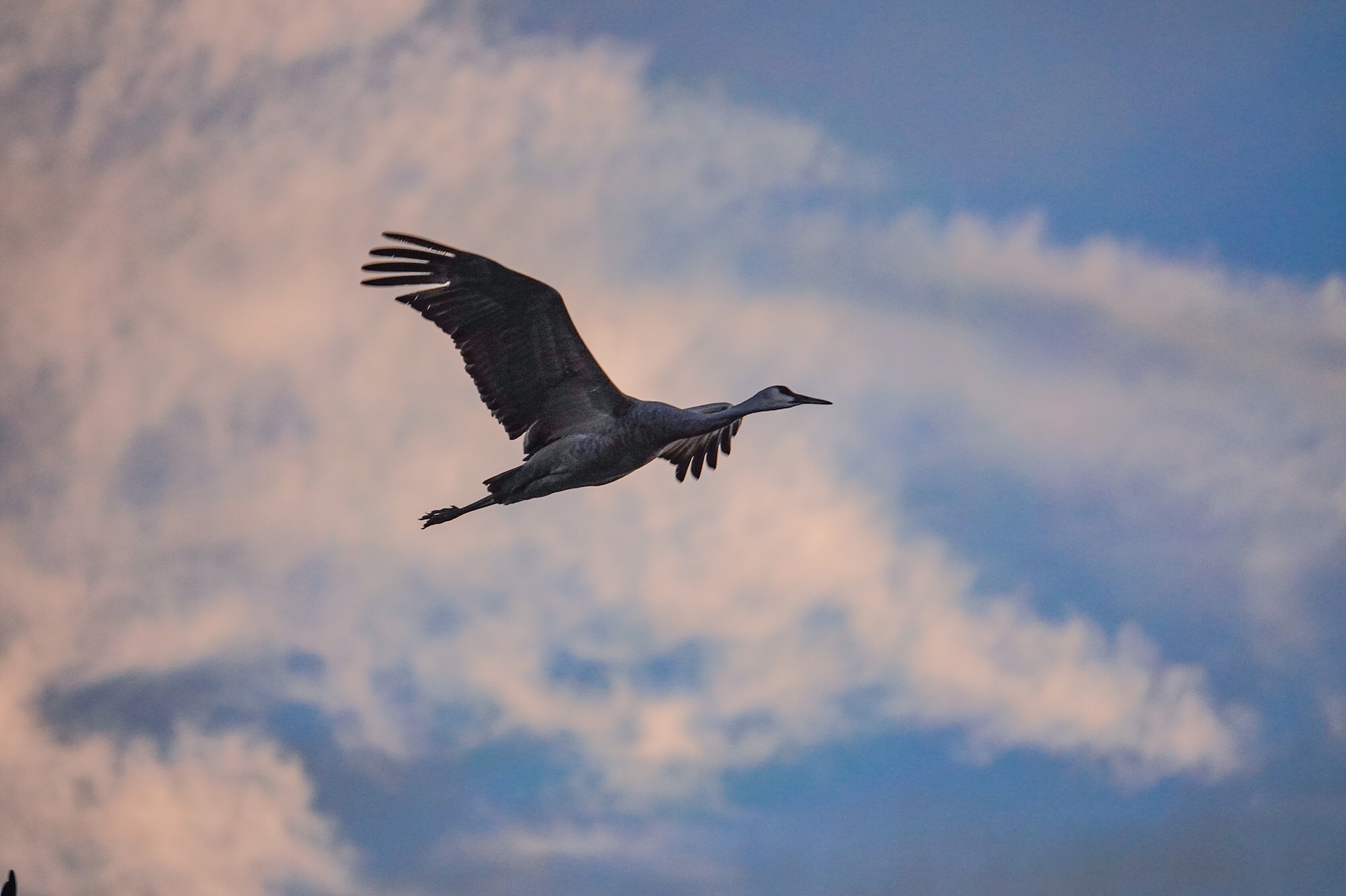
I already loved the RX10iii. It was the best camera I have ever had the pleasure of traveling with, and I owned it during 18 months when I visited so many wonderful places. I have only had the iv for a few months now (since a few days after it was released), but already I love it even more. It has not been as many places yet, but it will get there…and I know that when it does, it will bring back the images I want, day after day, time after time, amazing place after amazing place. I have no qualms about calling it the best fixed-zoom, superzoom, compact camera ever made. I plan on wearing it out before they come out with the RX10V (which will go to 800mm at f5.6 of course 🙂 This is my camera and I love it!
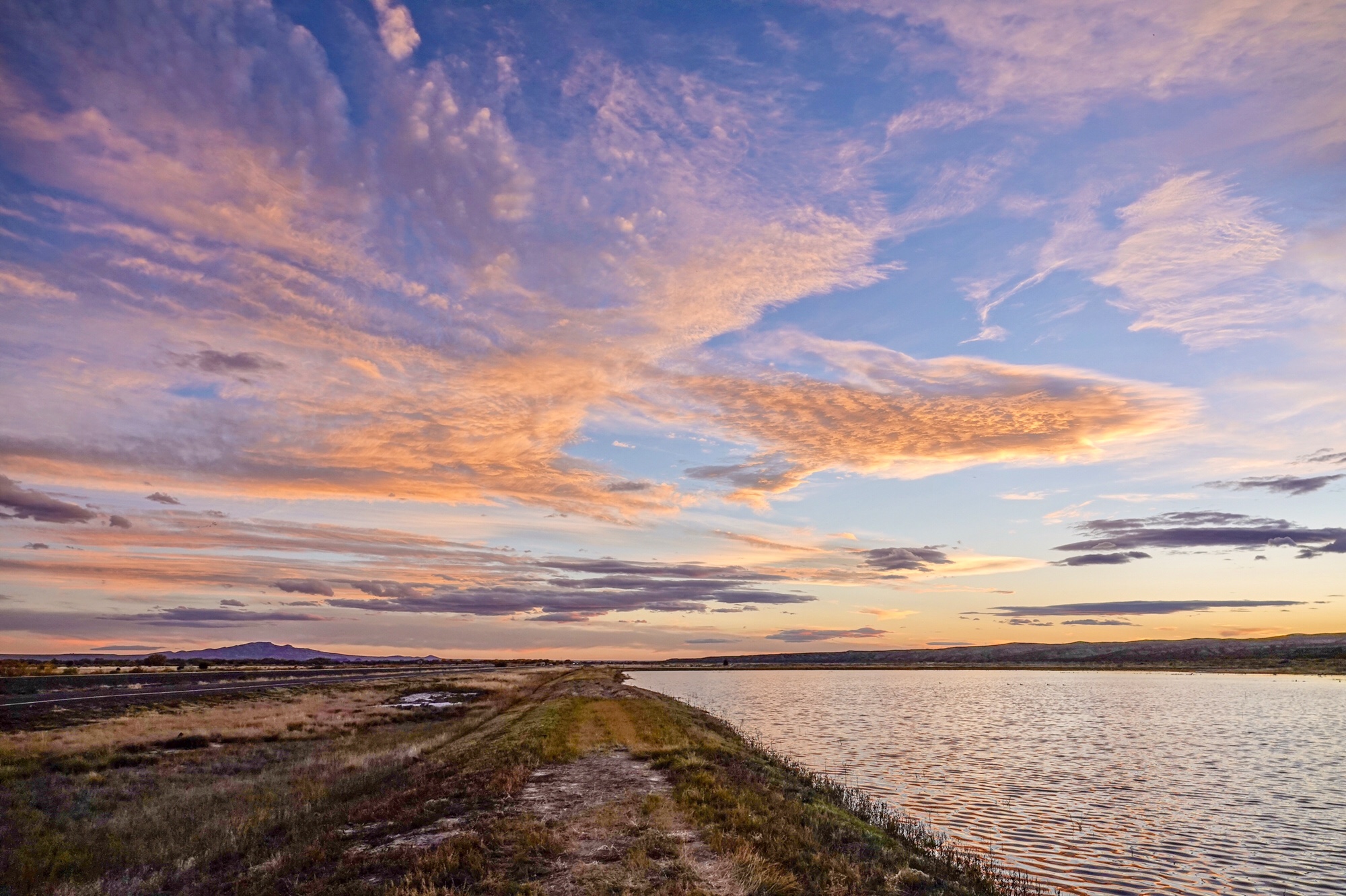
Outstanding review, Steven! I’ll be recommending it to several friends here in Michigan looking to buy a good travel cam. Best wishes in 2018.
Thank you Jerry!
Great to know Steve. I have the III right now. Wish I could upgrade to the IV or I might just wait for the V with the longer zoom. Thanks!
Don’t wait for the longer zoom on my say-so. I am just wishing. And it would be a very difficult lens to build 🙂
I have to put it on my wish list then as I can’t upgrade it right now. I am in Southeast AZ for a birding trip now. My husband and I will be in Ecuador next July. I have been following all your articles and enjoyed reading them very much. Thanks for all the great tips. You inspired me to travel and pursuing my point and shoot photography.
Lynn
The RX10iii has a relatively short zoom? What planet are you from, or are you comparing it to the ultra zoom tiny sensor zooms that have mediocre IQ?
Indeed I am comparing it to the 2000mm and 1440mm zooms on Point and Shoot Superzooms…and though the IQ does not equal the RX10iv’s 1 inch sensor, if the subject fills the frame the superzooms provide quite satisfying IQ. 🙂
Thank you for your wonderful site on P&S. I have a P900 and am especially interested in the wood warblers. As you know they are constantly moving and are often in shadows behind branches. The P900 has had good IQ at max range (full frame on a warbler at about 20 ft.) but it must be in good light for the contrast auto focus to work and I must take several continuous shots to look for the one that was taken the instant of no camera shake. Since you have used both the p900 and the new Sony iv, is the Sony able to take better pix than the p900 on the warblers. I.E., in low contrast or light conditions and fast movement.
In marginal situations the Sony RX10iv will focus much more quickly and accurately than the P900 (in any situation in fact), but, you don’t get the same frame-filling scale on the bird. You have to crop the RX10iv file to about 3 mp to equal the scale of the P900 at 16 mp. Then it is a toss-up as to which one has the better image quality. If you are satisfied with 600mm shots of warblers, or even 800mm equivalent crops, then the IQ of the Sony is clearly superior. At any equivalent beyond 800mm, the P900 will show more feather detail…but the image will not be as “pretty”…the Sony provides a real sense of dimensionality and buttery smooth color graduations that the Nikon’s smaller sensor just can’t match. I am not sure that answers your question. Fact is you will get focus in situations where the P900 will not focus.
My question is: if pretty pictures are left out of the equation, and the goal is bird ID only, which superzoom would you recommend? P900, Canon SX50, Canon SX70, the fixed aperture Lumix, Nikon B700 or the Sony?
Goal is to replace binoculars with a bridge camera for travel birding. Early AM and canopy is a consideration. As well as color rendition. Eg. a first light Verditer flycatcher – blue was absent with my bins but visible with friends ELs.
Only you can make that choice as there are too many variables. Different size cameras with different strengths. The SX50 is old…you would have to find a used or refurbished one, and lacks many modern features. The SX70 is brand new and untested. I see no advantage to the Lumix. The B700 may be discontinued…it is currently hard to find on-line…but is a great camera for a small sensor P&S. The P900 is big, and lacks a true close focus, but is great for filling the frame with the bird…maybe the best birding camera. The Sony takes the pretty pictures…but only reaches 600mm. Choices!
I agree with Steve. My wife and I are birders. We both had P900’s. It was the best choice for birding ID only since you can fill the frame with the picture, but with shots often out of focus. The constant out of focus was so annoying, we both traded up to the RX10 iv. Even though the magnification is less, the focus is so sharp and fast, it made for bird photos that we wanted to keep. I would not go back. Also, it excels in Birds in Flight. I can make bird IDs of swooping hawks with this camera. It is possible to make a bird id with a fuzzy photo, but once you see the RX image quality, it is hard to give it up for a larger but out of focus shot. Ken J
Very helpful. I have a Panasonic FZ2500 and have had for about 4 years now. I get frustrated with it not focusing when I need it too. Have been thinking about getting the Sony and you are helping me make up my mind.
I’m currently thinking about changing up from P900 to to the RX10V. In general I’ve got some very good bird shots with the P900 but it does let you down in low light conditions. I find I do get the best shots at about 50% of the zoom and cut back. My reservations are lower magnification on the RX10V and the price. The positives seem to be that it has a much better sensor and therefore you don’t lose so much sharpness when you cut back. It’s also faster so a better image is achieved when catching movement. Is that a fair summary?
There is NO comparison between the focus tracking of the Sony and the focus of the P900. The Sony will track birds in flight, even in difficult settings, with ease. Focus in general is faster and more accurate. The difference in image quality is also very noticeable. However you do lose a lot of reach. I carry the RX10iv for its overall strengths for all kinds of nature photography…if I was just shooting id photos of stationary birds, I would still be using the P900.
I would echo all Steve has said. My wife and I are both avid bird photographers, both had P900 and now both have RX10 ivs. We never think of going back. The only time that the P900 would do better would be a long shot with a unobstructed view of a stationary bird. The focus on the P900 was so exasperating for us. Just a single blade of grass or tiny branch between us and the bird and it would be in focus and not the bird. It is still my camera of choice by far for birds.
Really great review. I have recently acquired a new Canon SX50 off eBay just to try a superzoom for bird ID. With a digital doubler set it has equivalent reach of 2000 mm. I find surprisingly I use it at maximum zoom almost all the time. The image quality is terrible. The contrast is awful. Using handheld 2000 mm and finding the bird is tricky-think hand holding your spotting scope-BUT- if I get it on the bird I can usually confirm an ID. I was just able to ID a Coppersmith Barbet -a dot on a distant tree at dusk that was unidentifiable with 10x Swarovskis.
No question the Sony is better. If I get the bird in the frame at 600 mm, then zoom in on playback can I fill the frame with bird face enough to see face markings?
Yes. I often do that in the field. And I use the Clear Image Zoom to extend my range to 1200mm when needed. In good light it works well.
Yes bought the RX10 iv because I felt the p900 didn’t let in sufficient light unless it was bright sunshine.